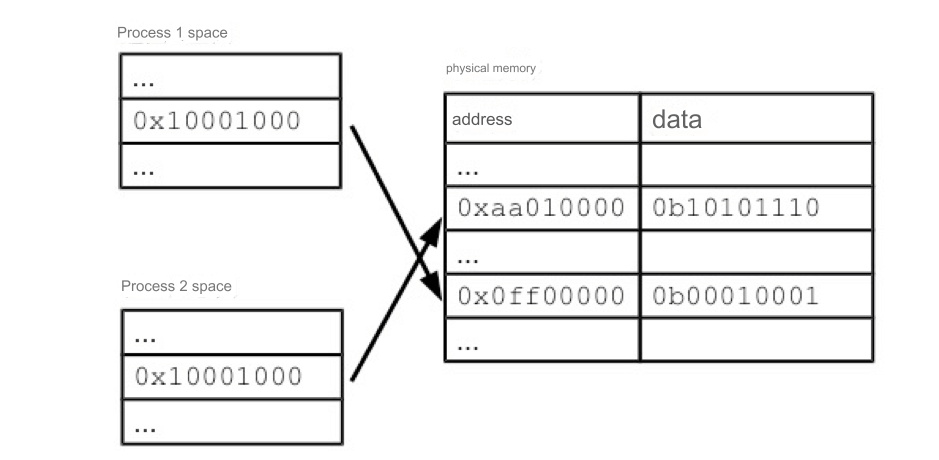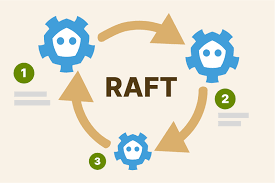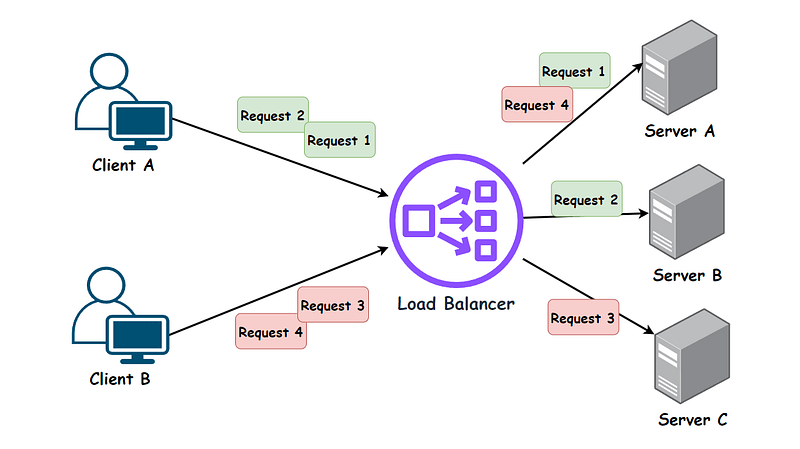The integration of automation technology into cybersecurity operations is becoming increasingly crucial for modern enterprises. Not only does it help address the shortage of cybersecurity skills, but it also significantly enhances the overall efficiency of security operations. However, realizing the full potential of cybersecurity automation is not an overnight process. As enterprises' IT environments, threat protection, and business needs evolve, starting with typical security operation scenarios and continuously iterating and optimizing automation processes is key. This article discusses four typical use cases where automation plays a vital role in security operations, analyzing their value and workflows.

Use Case 1: Automated Indicator of Compromise (IoC) Monitoring
Indicators of Compromise (IoCs) are essential for identifying whether systems, networks, or applications have been compromised or attacked. IoCs typically include known signs of malicious activities, such as file hashes, malicious IP addresses, or suspicious domains. In traditional security operations, teams manually collect IoC information from various sources, which consumes time and resources and slows response times. Automated IoC monitoring significantly improves the efficiency of security operations.
Workflow:
Extract IoCs: Utilize automated tools to extract required IoC data from security logs or alerts from various security devices.
Threat Intelligence Correlation and Analysis: Once IoCs are extracted, automatically submit them to threat intelligence tools such as VirusTotal, URLScan, or AlienVault for analysis to identify any associated threats.
Summarize Analysis Results: Automatically compile the IoC analysis into a comprehensive report for easy threat assessment and prioritization by security analysts.
Data Delivery: Deliver the processed IoC data via communication platforms like Slack or integrate them into incident tickets within the security management system.
Use Case 2: Automated External Attack Surface Monitoring
An organization's external attack surface includes assets such as domains, IP addresses, and public-facing services that attackers might target. Regular monitoring of these assets is crucial to identifying changes and mitigating potential vulnerabilities. Automation tools can scan, manage vulnerabilities, and correlate threat intelligence to ensure continuous monitoring.
Workflow:
Define Target Assets: Identify and record external assets (domains, IP addresses) to monitor.
Automated Reconnaissance: Use tools like Shodan to scan and map internet-facing assets regularly.
Aggregate and Deduplicate Findings: Compile the results into a monitoring report, removing duplicates for simplicity.
Automated Report Submission: Deliver monitoring reports highlighting new or changed assets, potential vulnerabilities, and redundant applications via email or Slack.
Use Case 3: Automated Vulnerability Management
Vulnerabilities in applications are common targets for attackers. Effective vulnerability management involves identifying, assessing, prioritizing, and addressing security defects across the lifecycle. Automation enhances this process, helping organizations improve their digital security posture and reduce risks.
Workflow:
Define Application Assets: List all domains and IPs that host applications, creating a reference file for automated systems.
Automated Vulnerability Scanning: Use tools like OWASP ZAP or Burp Suite to scan applications for vulnerabilities.
Collect and Prioritize Results: Automatically collect scanning results and prioritize critical/severe vulnerabilities.
Automated Patch Management: Integrate vulnerability management with patch systems to automate remediation.
Security Analysis and Proactive Threat Defense: Use automated insights to adjust security strategies and optimize resource allocation.
Use Case 4: Automated Stolen Credential Monitoring
Monitoring stolen credentials is a critical aspect of an organization's security strategy. Automating this practice ensures rapid detection of leaked credentials, helping minimize damage from data breaches.
Workflow:
Compile User Emails, Applications, and Domains: Create a list of user emails and systems to be monitored.
Query Leaked Credential Databases: Automatically send requests to third-party credential leak services such as Specops or HIBP to check for any leaked credentials.
Aggregate and Analyze Results: Collect and analyze responses, summarizing any leaked credentials.
Alert and Report Generation: Automatically generate alerts if any credentials are detected in leaks and send detailed reports through email or Slack.
Immediate Security Action: Depending on the severity of the leak, trigger actions such as forced password resets or increased monitoring.
Scheduled Checks: Conduct regular automated checks to ensure timely responses to new data leaks.
By leveraging automation, these use cases demonstrate how organizations can significantly improve their cybersecurity operations' speed and accuracy, allowing them to respond effectively to threats.






